Step change: architect Jean Nouvel on reinvigorating his design studio
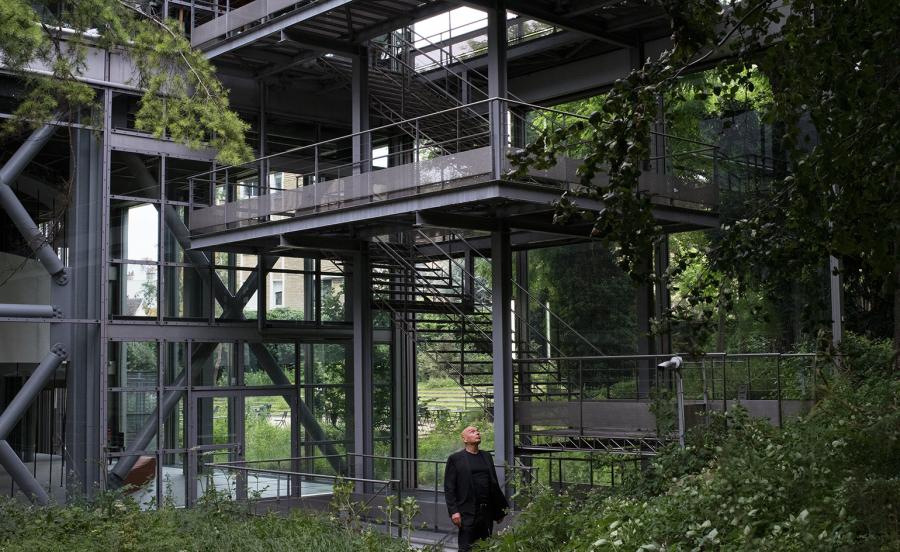
Back in 1987, the same year architect Jean Nouvel gained international acclaim for his Institut du Monde Arabe in Paris, he also presented six aluminium objects at an exhibition held by the French non-profit VIA (Valorisation de l’Innovation dans l’Ameublement), to a much smaller audience. They included an adjustable table on X-shaped legs, an aluminium-and-rubber folding screen, and a very slick toolbox.
These were Nouvel’s first efforts at design – none of which was ever manufactured. But since then the French Pritzker Prize-winner has produced more than 100 pieces of furniture and design, from lamps to doorknobs, while turning out major architectural projects such as Barcelona’s Torre Agbar, the DR Koncerthuset in Copenhagen, One Central Park in Sydney, the upcoming Louvre Abu Dhabi and New York’s 53W53 tower. In 1995, he founded Jean Nouvel Design (JND) as a sister company to his architecture firm, Ateliers Jean Nouvel.
And yet it is no simple feat to go out and buy a Jean Nouvel dining room set. ‘Most of my objects remain confidential,’ he says. ‘Nobody really knows my jewellery, for example. And we’ve worked on chairs few people have seen.’ That’s about to change, as Nouvel sets out to make his furniture more accessible to the general public – and, at the same time, is unveiling the first museum exhibition ever devoted to his design.
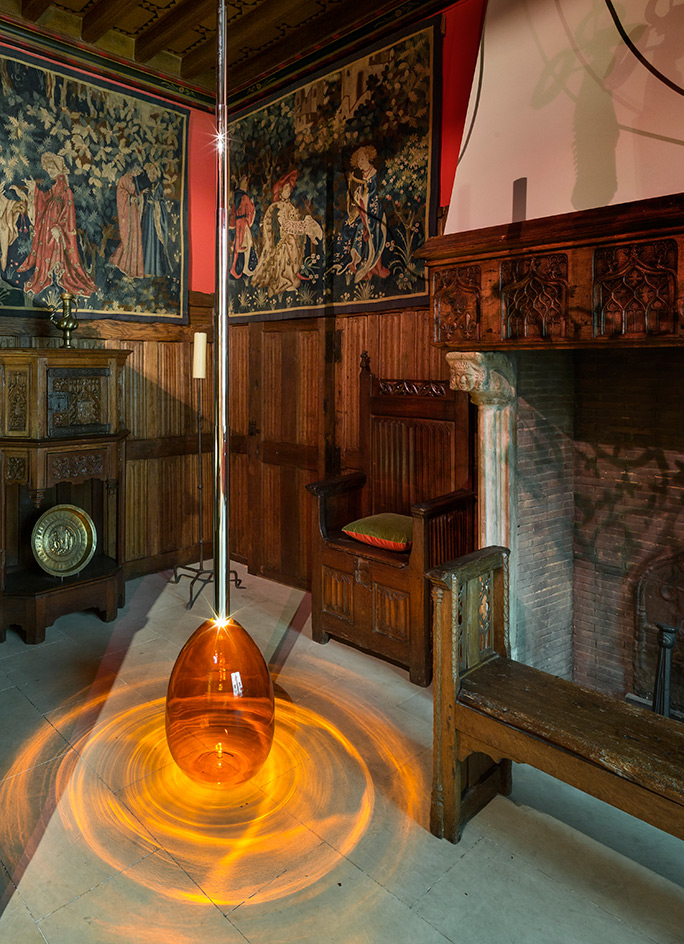
Installation view of Jean Nouvel's 'Amber Lamp', for Martell, at the Musée des Arts Décoratifs in Paris.
Last year, at a celebration for his 70th birthday, the architect confided to his friend Franck Argentin that he wanted to give his design studio a boost. Argentin is the founder of RBC, a network of contemporary furniture showrooms in the south of France. The two first met about 25 years ago at a bullfight; twice a year, Nouvel stays at Argentin’s house in Nîmes during the corridas.
Argentin shared some ideas about how JND might move into higher gear. Then Nouvel asked him to head up the design studio, knowing he could bring his keen eye for what sells, as well as his high-level contacts with furniture manufacturers such as Vitra, Poliform and Cassina. ‘I’m looking to work with producers that are serious and significant,’ Nouvel says, ‘and Franck is in a position to talk with them frequently.’
Argentin accepted, taking up the new position in January of this year (he continues to run RBC). ‘It wasn’t my plan, but the challenge excited me,’ he says, sipping espresso from a polished stainless steel cup Nouvel designed for Alessi.
The first part of Argentin’s strategy was to create greater synergy between the design and architecture firms. As he explains, ‘Neither side really knew what the other was doing anymore, even though they all work for the same person.’ He moved the JND studio, located in a building next to the architecture studio in Paris’ 11th arrondissement, from the third floor to the ground floor – a simple but effective change. ‘Jean used to drop in to our offices maybe three times a month. Now, when he’s in France, he stops by four times a week.’
Closer collaboration means that JND can piggyback more easily on Nouvel’s architectural commissions. For each new building project, Argentin meets the project leader, to explore how JND can contribute to the interiors and furnishings. ‘That in turn seduces furniture manufacturers,’ he explains. ‘If we know we can already sell 2,000 chairs, it’s more appealing than saying, “We’d like you to produce this, but we don’t know if it will sell.”’
For example, JND suggested designing the kitchen, bathroom and closets for the sales centre of Monad Terrace, a luxury condominium complex that Nouvel is working on in Key Biscayne, Florida. ‘The client is extremely flattered,’ says Argentin, ‘because he has a kitchen designed by Jean expressly for his project, not necessarily more expensive than the one he planned to buy, and afterwards it will be produced around the world.’ The studio completed the designs in time for Nouvel and Argentin to present them at the Salone del Mobile last April, including cabinet panels made of a patented aluminium honeycomb under glass. Nouvel was particularly enthusiastic about his first bathtub. ‘I designed it in marble and wood to be luxurious and rare, but not flashy,’ he says.
Describing himself as an architect who does design, rather than a designer, Nouvel approaches both fields the same way, using context and function as the starting point and avoiding any recognisable style. His designs are clean and precise – they canlook deceptively simple. He strives for what he calls ‘elementarity’, or a solution that seems obvious once it has been found.
‘When I talk about elementarity – or the essence of a table, a storage system, an office – it’s about how furniture can transform the way we work,’ he says. ‘My “Cases” system is a game of construction that defines the geometry of an office, whether you work facing someone, or with separations between people, or at big common tables. Furniture can provoke evolutions in our attitudes about life.’
Working at common tables in an office furnished with ‘Cases’, the JND team tackles everything from furniture to industrial design to interiors. It has designed braided vinyl flooring for the Swedish company Bolon, as well as a rug made of a single, exceptional sheet of marble for the Italian producer Citco. Its interior design work ranges from a private house in the vineyards of Bordeaux to a chain of new Cacharel clothing boutiques throughout France. And it does scenography, too, such as 62 black shipping containers of different heights for exhibiting replicas of the Lascaux cave drawings in Gwangmyeong, South Korea.
Often, Nouvel will revisit a piece of furniture and improve it over the years – his team refers to these as his ‘obsessions’. It is currently reworking his perforated leather ‘Skin’ sofa from 2008, as well as his 1991 cube-shaped ‘Elémentaires’ armchair, both for Molteni & C. If you visit the JND agency, you’ll come upon more of these obsessions, such as the ‘Oxymore’ chair that he has been tinkering with for more than a decade (now produced by Figueras), with rigid lines but a soft back that reclines. A sleek, cherry-red ‘LessLess’ table is a descendant of one that he designed in 1994 for the Fondation Cartier in Paris.
Against a back wall sits a striking 5m-long wooden ‘Table au Km’, which Nouvel designed as part of a series of limited-edition pieces for the Gagosian gallery and Galerie Patrick Seguin in 2011. ‘I’m a specialist in tables,’ the architect says. ‘I find them inspiring. I don’t know if there’s a psychological reason – maybe because of their stability. And there’s an idea of mass and transformability. I like tables you can unfold, extend, stack on top of each other. I see geometric games and combinations.’
Geometric combinations are also the basis for a brand new prefabricated house Nouvel designed for Revolution Precrafted, a venture by the Filipino developer Robbie Antonio. In a nod to Jean Prouvé’s demountable houses, Nouvel designed 6m x 6m modules, each divided by sliding doors into quadrants, so the space can be structured in different ways. The units can exist on their own or linked together, and small blocks containing a kitchen, a bathroom or a closet can be attached to the exterior. The walls are insulated sandwich panels, aluminium outside and wood on the interior. Each house is transportable and easy to install in a matter of days.
The prefab house is being displayed in the Jardin des Tuileries in October, as part of the FIAC contemporary art fair outdoor exhibitions programme in collaboration with the Louvre. Just steps away, the first museum exhibition dedicated to Nouvel’s design will take place at the Musée des Arts Décoratifs, from 27 October to 12 February. Titled ‘Jean Nouvel, mes meubles d’architecte’, the show is an overview of Nouvel’s most important pieces going back 30 years, including those original objects for VIA. Certain items will be shown to the public for the very first time, such as seating for the public areas in the soon-to-open Louvre Abu Dhabi.
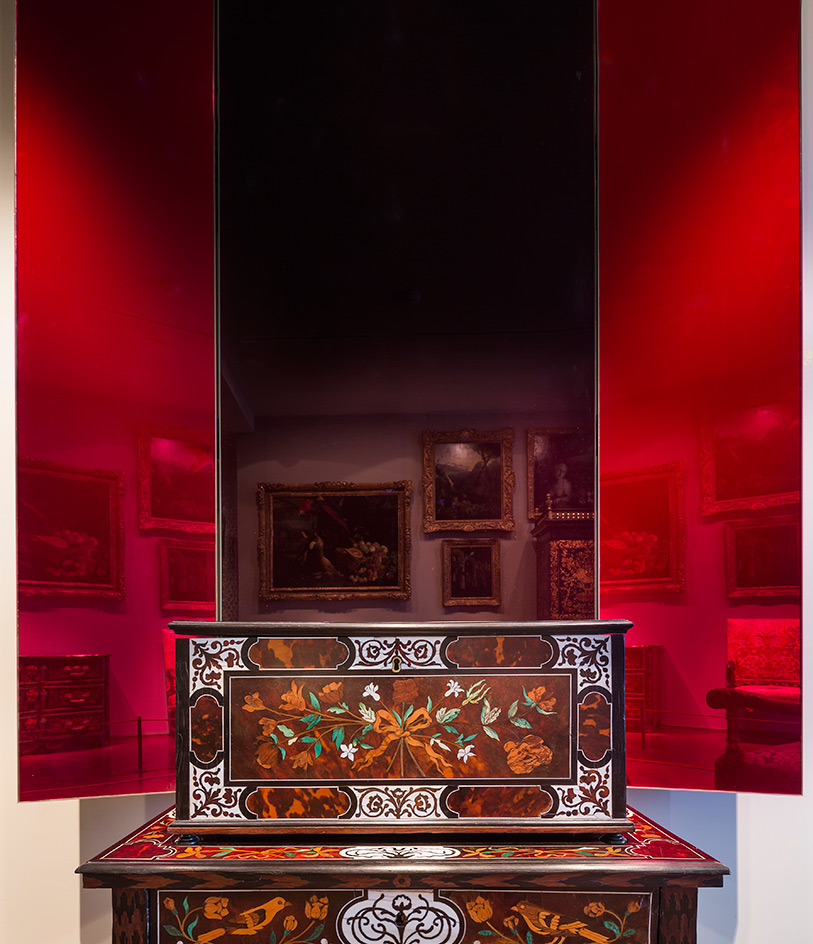
Nouvel’s latest exhibition in Paris traces his most important works (pictured, ’Miroir’ B, 2014) from the past 30 years, pitching them against the ornate objects from the Musée des Arts Décoratifs’ permanent collection.
‘It was high time’ for such an exhibition, says the museum’s director, Olivier Gabet, who got to know Nouvel while overseeing the Louvre Abu Dhabi project. ‘He’s one of the great architects of our time.’ Gabet recalls walking through the Musée des Arts Décoratifs with Nouvel and being struck by the architect’s passion for the Middle Ages and Renaissance collections. They decided to go beyond the temporary spaces and install the Nouvel exhibition throughout the entire museum, all 2,000 sq m, including the permanent collections and the Advertising and Graphic Design museum that Nouvel himself designed in 1998.
The show is divided into two general themes. An overview of Nouvel’s various design philosophies, from elementarity to transformable furniture, occupies the temporary spaces. The second part, in the permanent galleries, is a dialogue between the museum’s historic collection and Nouvel’s work, such as the limited-edition ‘Triptyques’ mirrors he created for the Gagosian gallery and Galerie Patrick Seguin.
The mirrors, of various sizes, measure up to 2.3m in height and extend as wide as 3.7m when unfolded. Their glass is slightly blurry and softly coloured, giving a new perspective to age-old sculptures and furniture from the collection. ‘They exist to reveal the space around them, reflecting objects in another geometry, another light,’ the architect says.
Hearing him talk, it’s clear that Nouvel is eager to finally put his body of design on public display, and in such a prestigious setting. ‘To show one’s own objects alongside masterpieces from earlier centuries, you need courage, some pretentiousness,’ – he pauses for a moment – ‘and a bit of humility, too.’
As originally featured in the November 2016 issue of Wallpaper* (W*212)
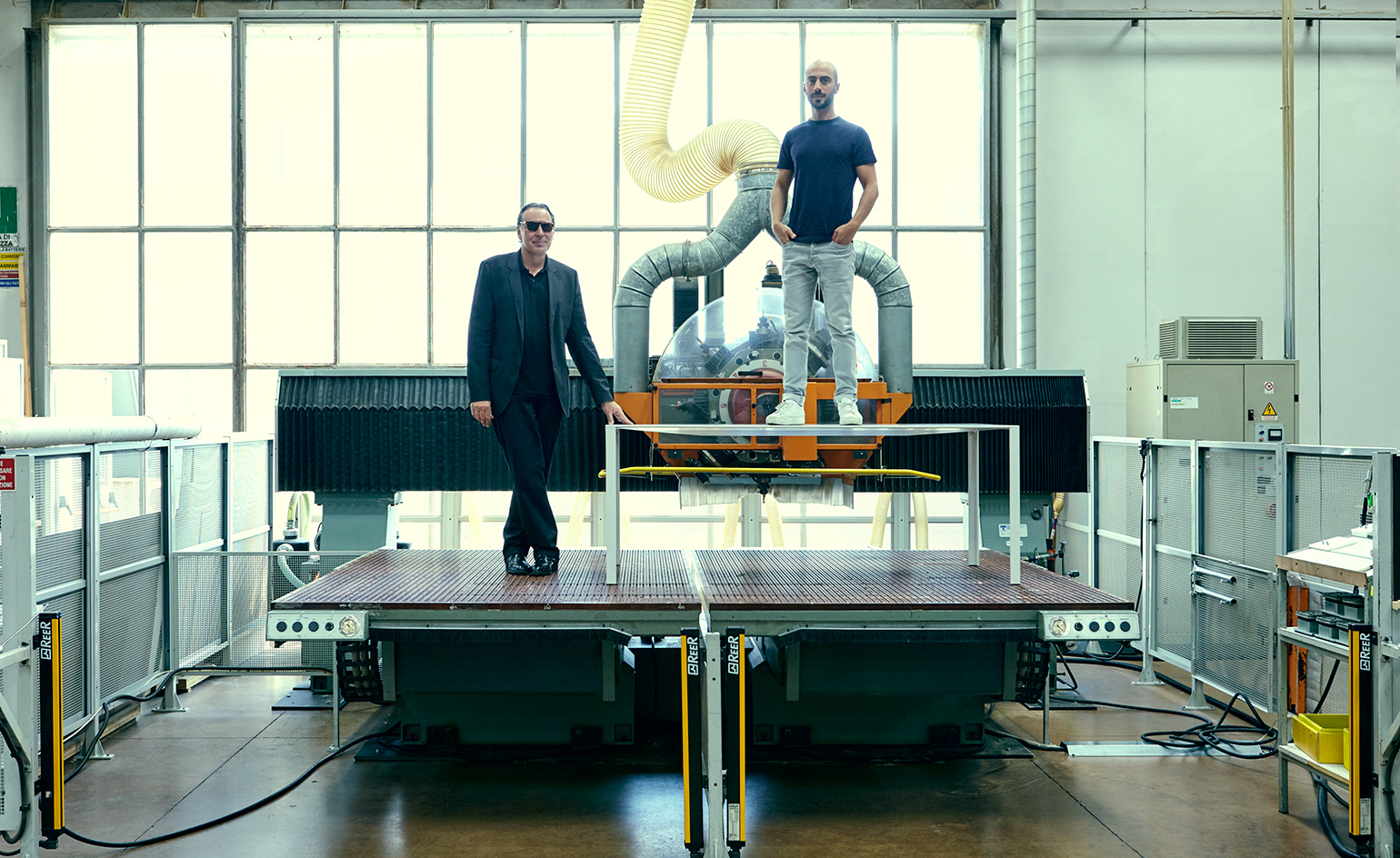
JND’s managing director Franck Argentin (left) and art director Ernesto Mistretta at the Molteni & C factory outside Milan, where the studio’s ‘LessLess’ table is produced.
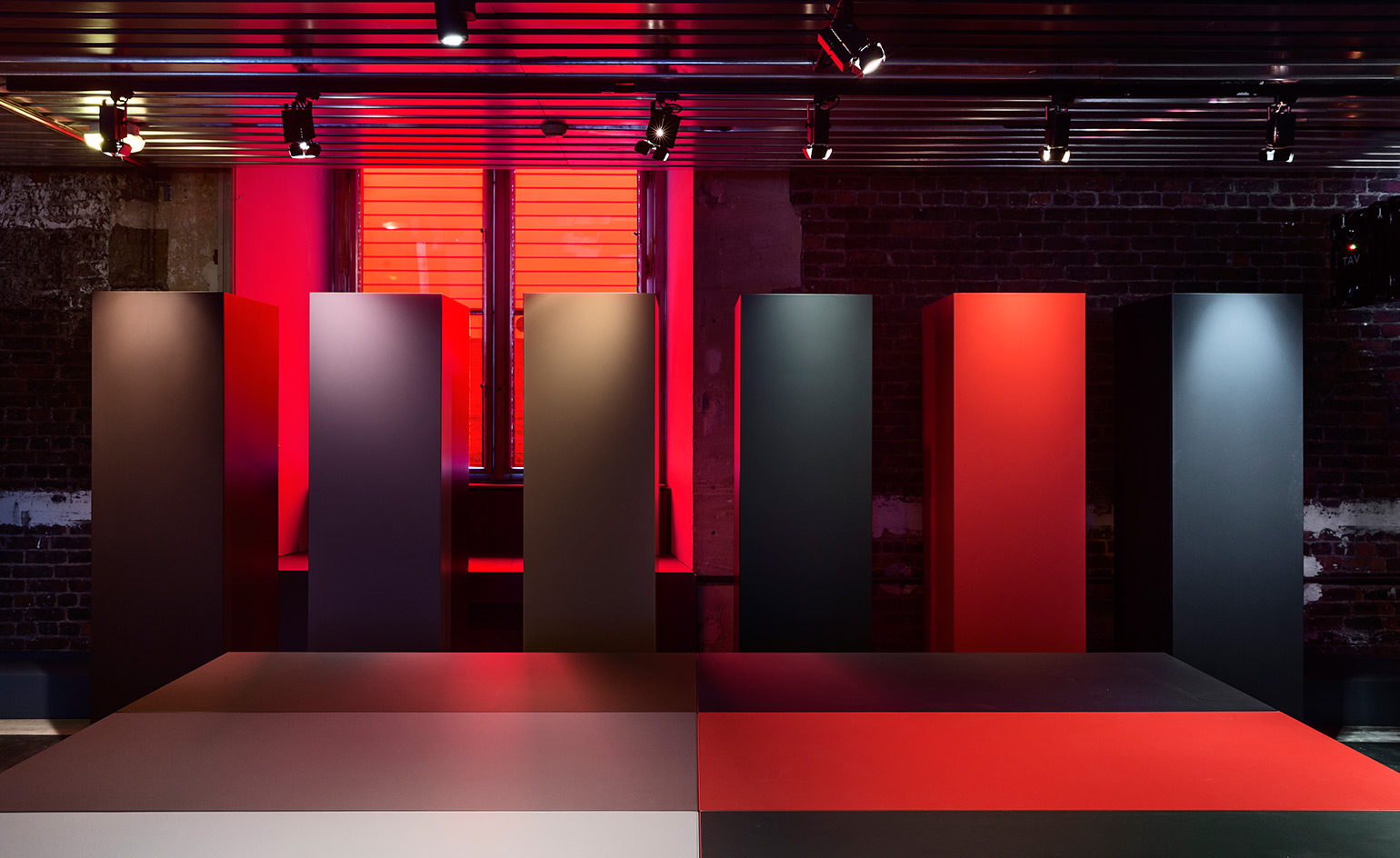
Nouvel’s furniture is the subject of a new exhibition recently opened at the Musée des Arts Décoratifs in Paris. The designer has also created modular exhibition spaces especially for the show.
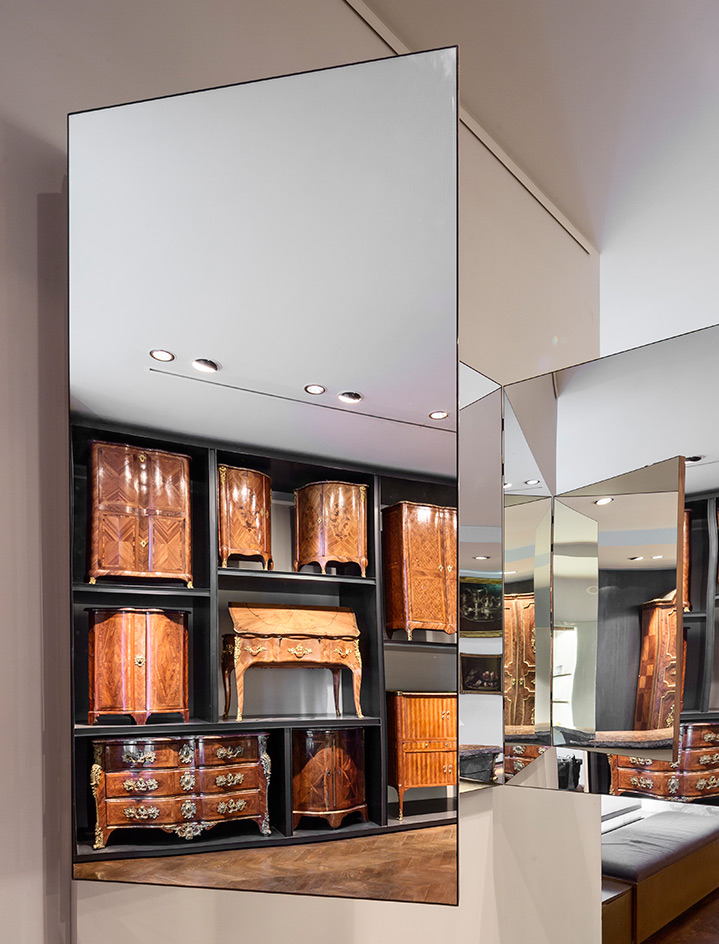
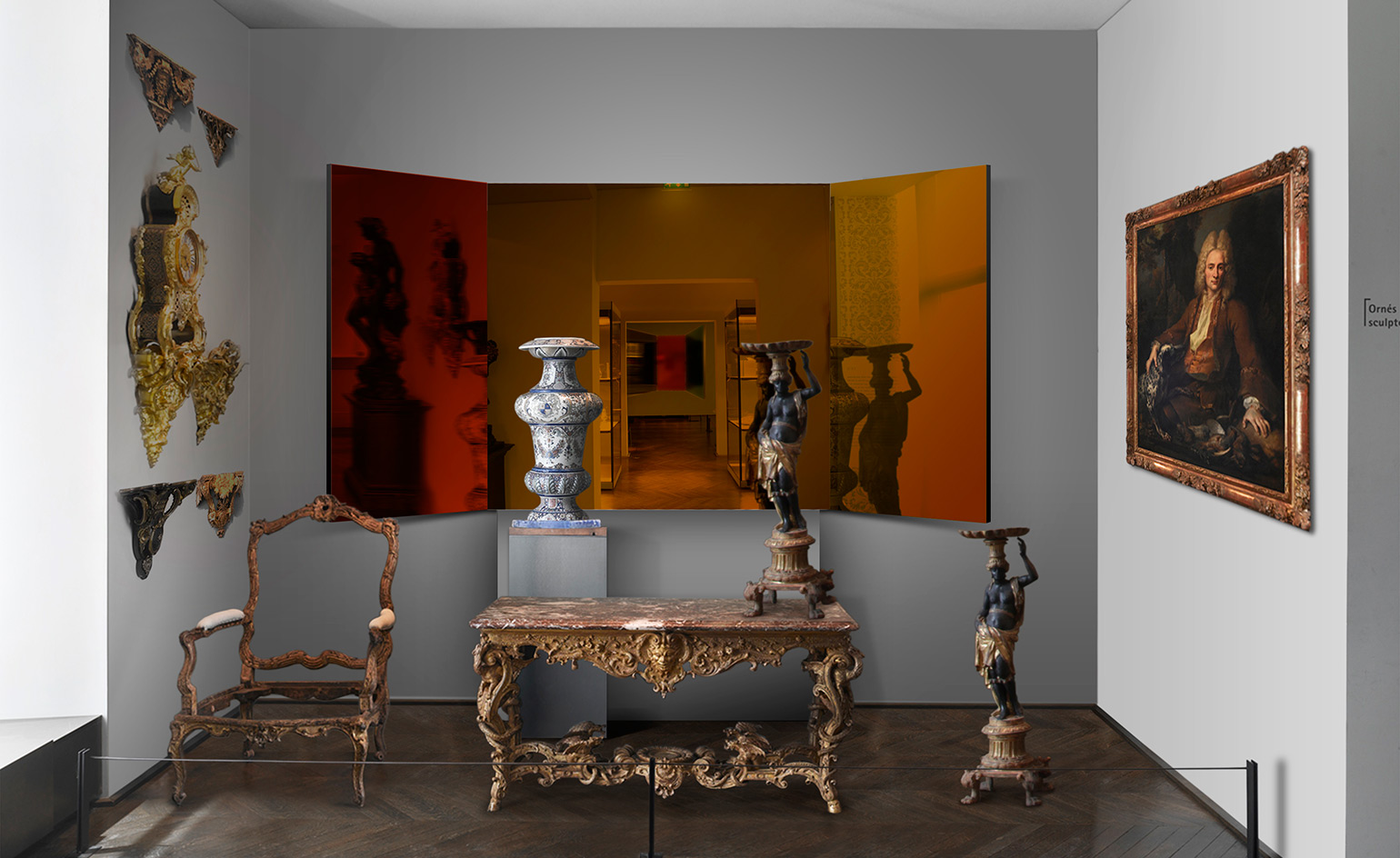
His works create a dialogue with the museum, its history and its collections
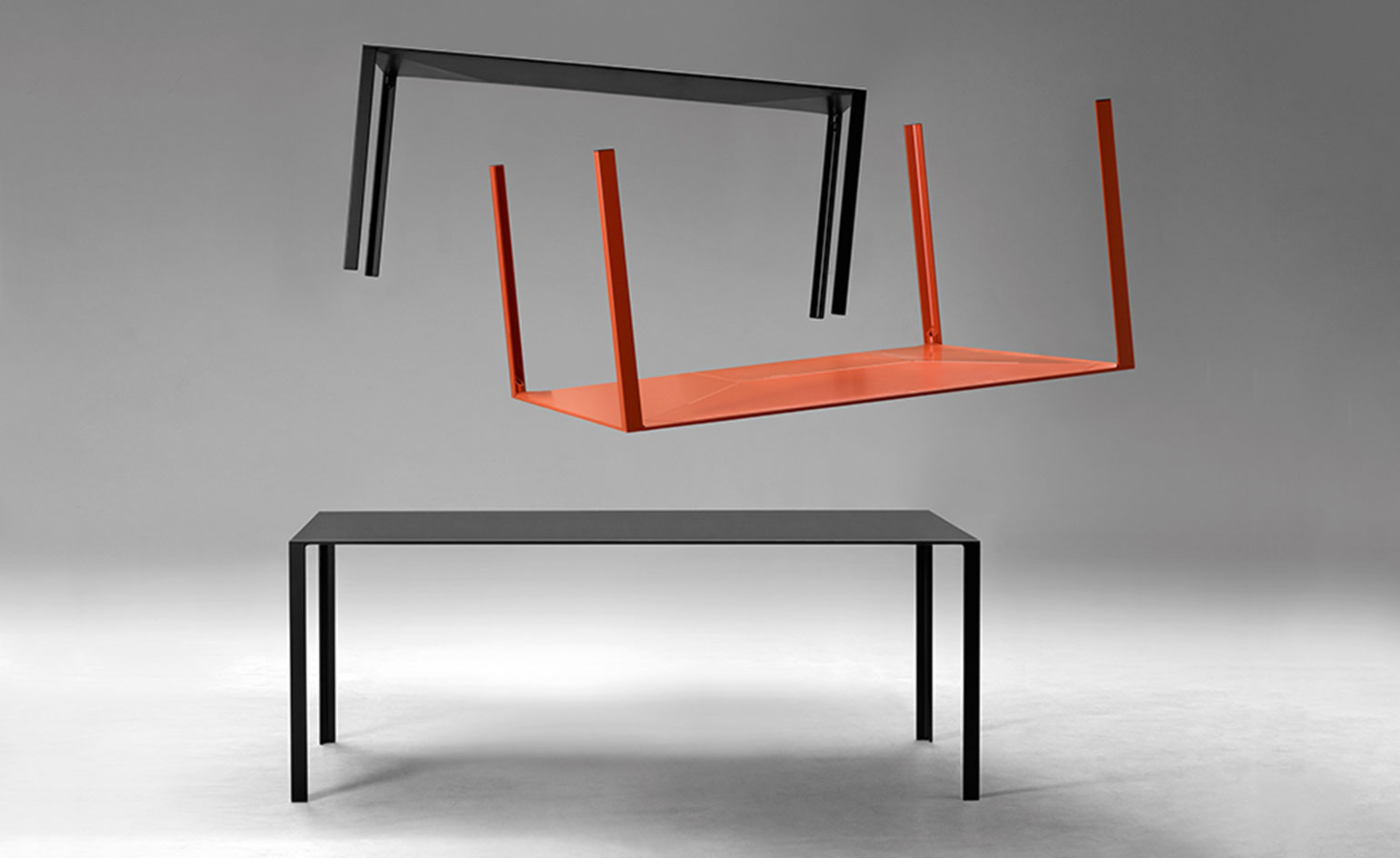
On the occasion of his first solo furniture show, we take a look back at Nouvel’s greatest hits, from home to workplace. Pictured, ’LessLess’ table, for Molteni & C, 1994
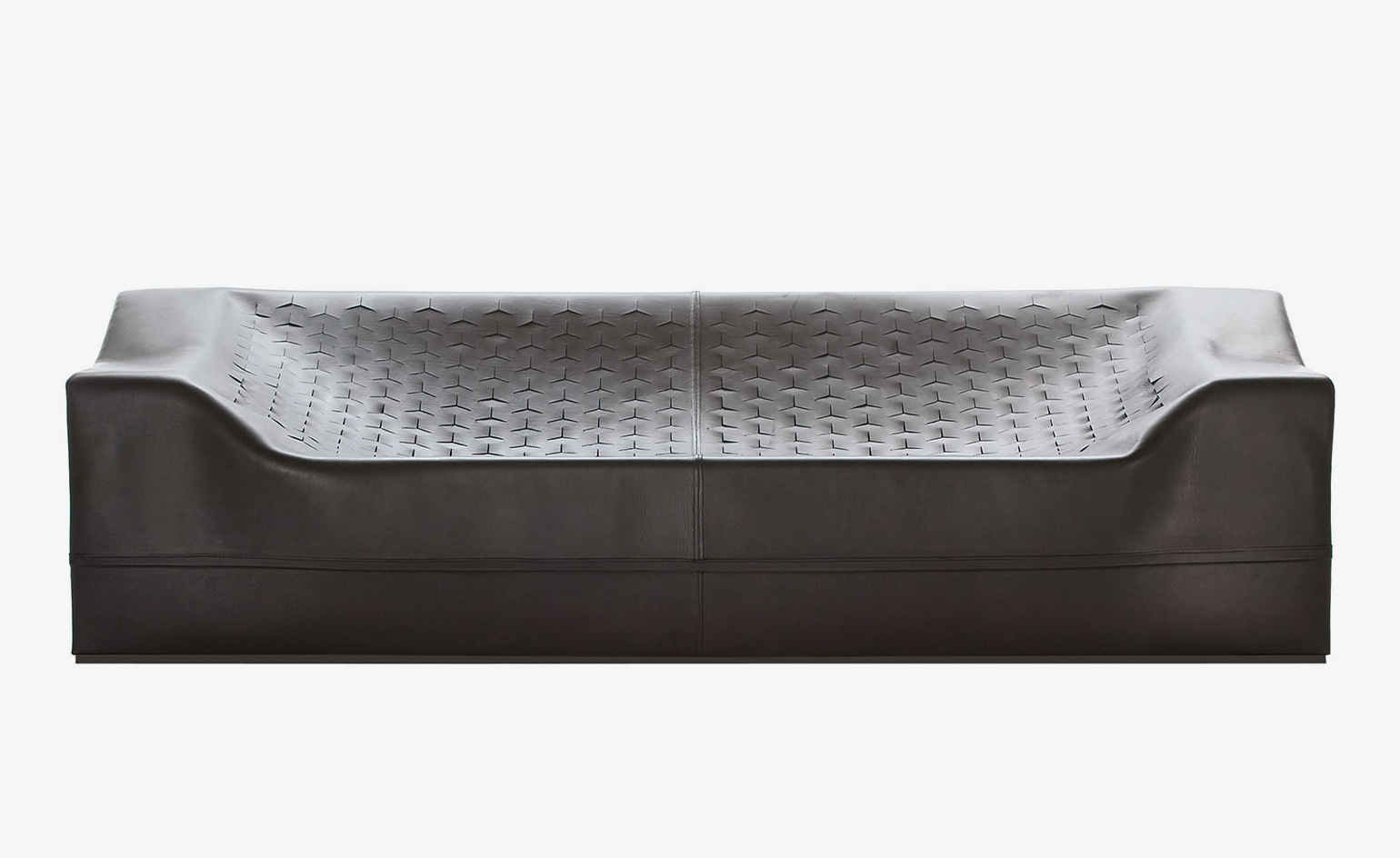
’Skin’ sofa, for Molteni & C, 2008
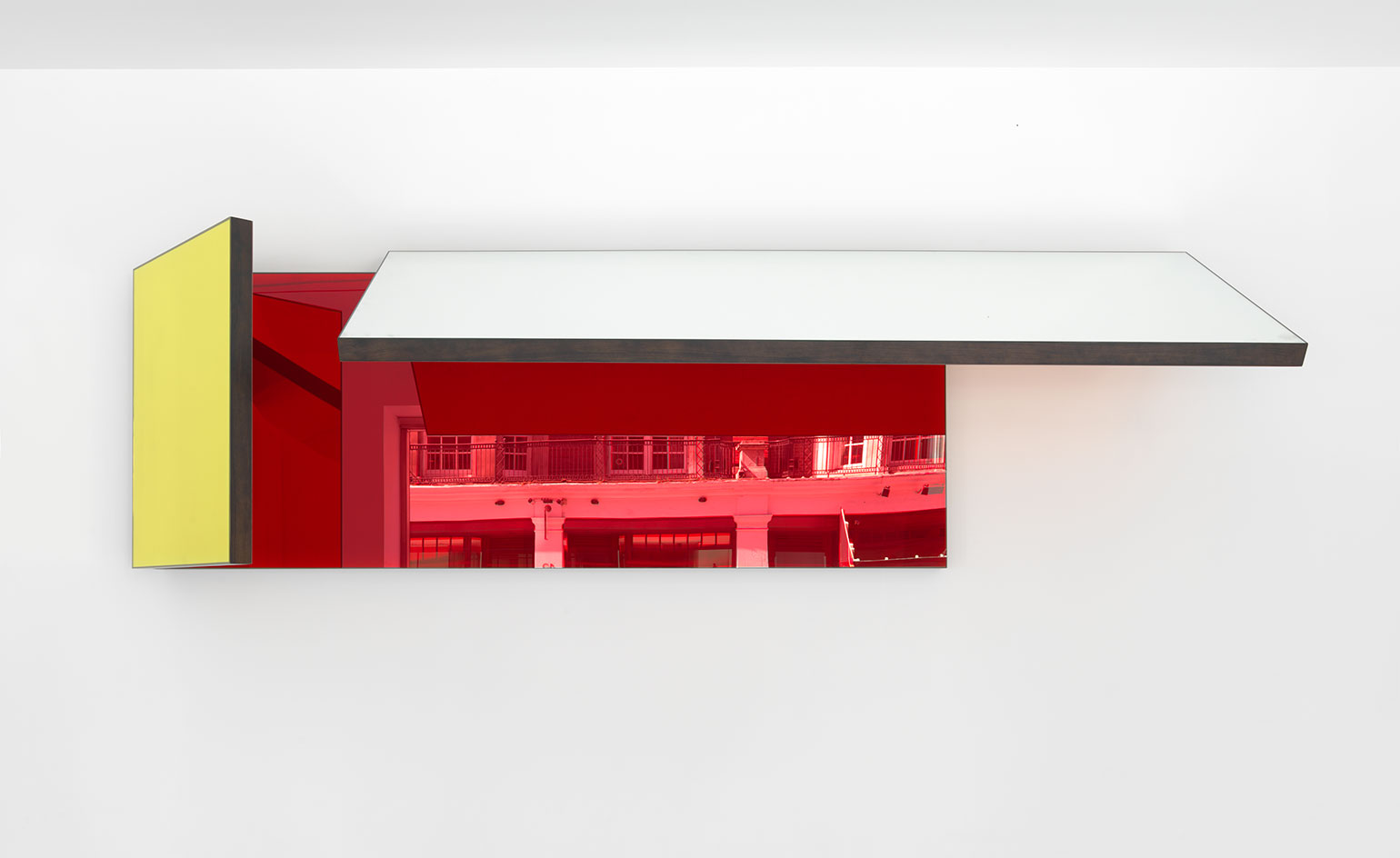
’Miroir D’, part of the Triptyques series, for Gagosian and Galerie Patrick Seguin, 2014
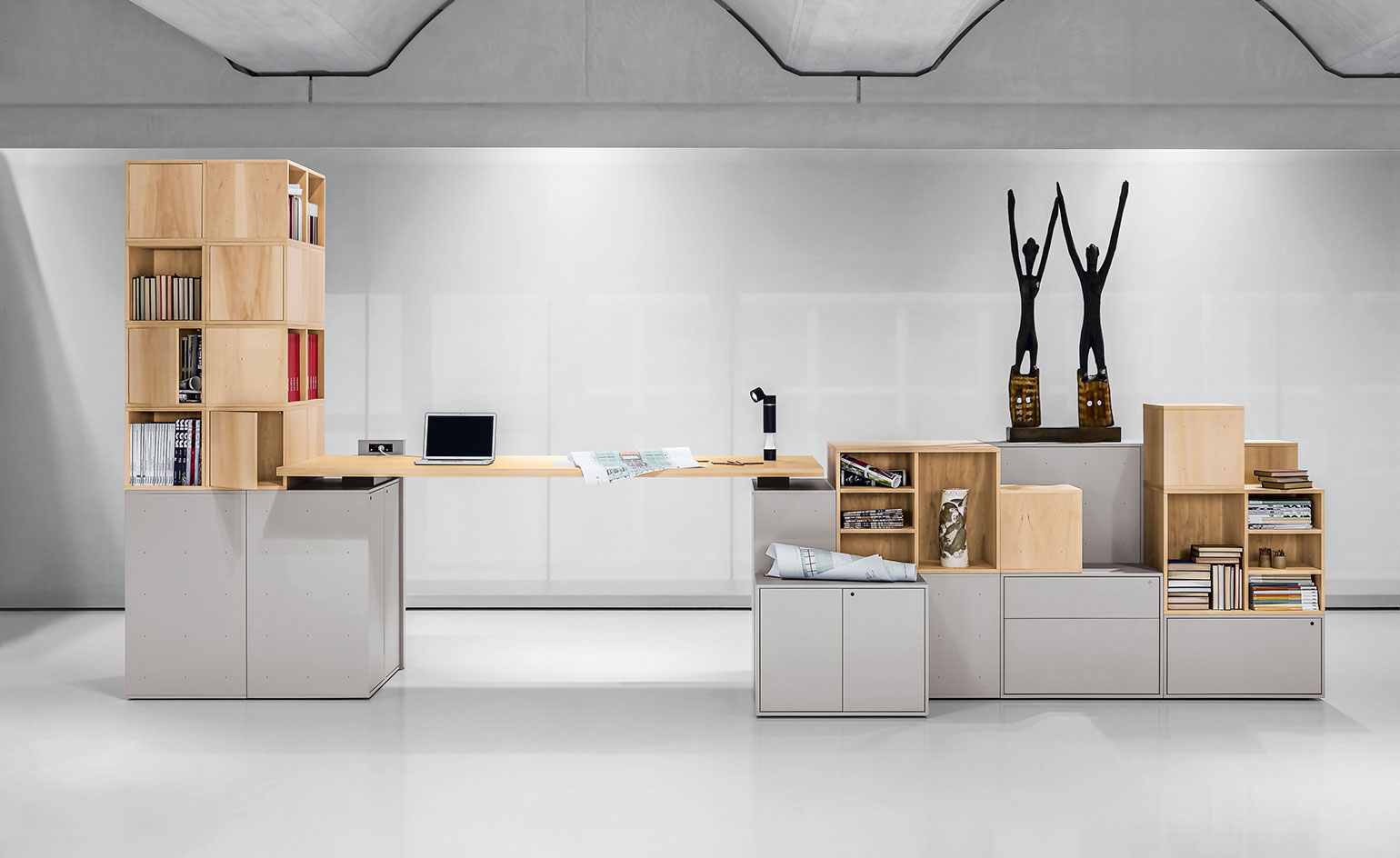
’Cases’ office system, for Unifor, 2013
INFORMATION
'Jean Nouvel, mes meubles d’architecte. Sens et essence' is on view until 12 February 2017. For more information, visit Jean Nouvel's website and Les Arts Décoratifs website
ADDRESS
Musée des Arts décoratifs
107, rue de Rivoli
75001 Paris
Wallpaper* Newsletter
Receive our daily digest of inspiration, escapism and design stories from around the world direct to your inbox.
-
 The Lighthouse draws on Bauhaus principles to create a new-era workspace campus
The Lighthouse draws on Bauhaus principles to create a new-era workspace campusThe Lighthouse, a Los Angeles office space by Warkentin Associates, brings together Bauhaus, brutalism and contemporary workspace design trends
By Ellie Stathaki
-
 Extreme Cashmere reimagines retail with its new Amsterdam store: ‘You want to take your shoes off and stay’
Extreme Cashmere reimagines retail with its new Amsterdam store: ‘You want to take your shoes off and stay’Wallpaper* takes a tour of Extreme Cashmere’s new Amsterdam store, a space which reflects the label’s famed hospitality and unconventional approach to knitwear
By Jack Moss
-
 Titanium watches are strong, light and enduring: here are some of the best
Titanium watches are strong, light and enduring: here are some of the bestBrands including Bremont, Christopher Ward and Grand Seiko are exploring the possibilities of titanium watches
By Chris Hall
-
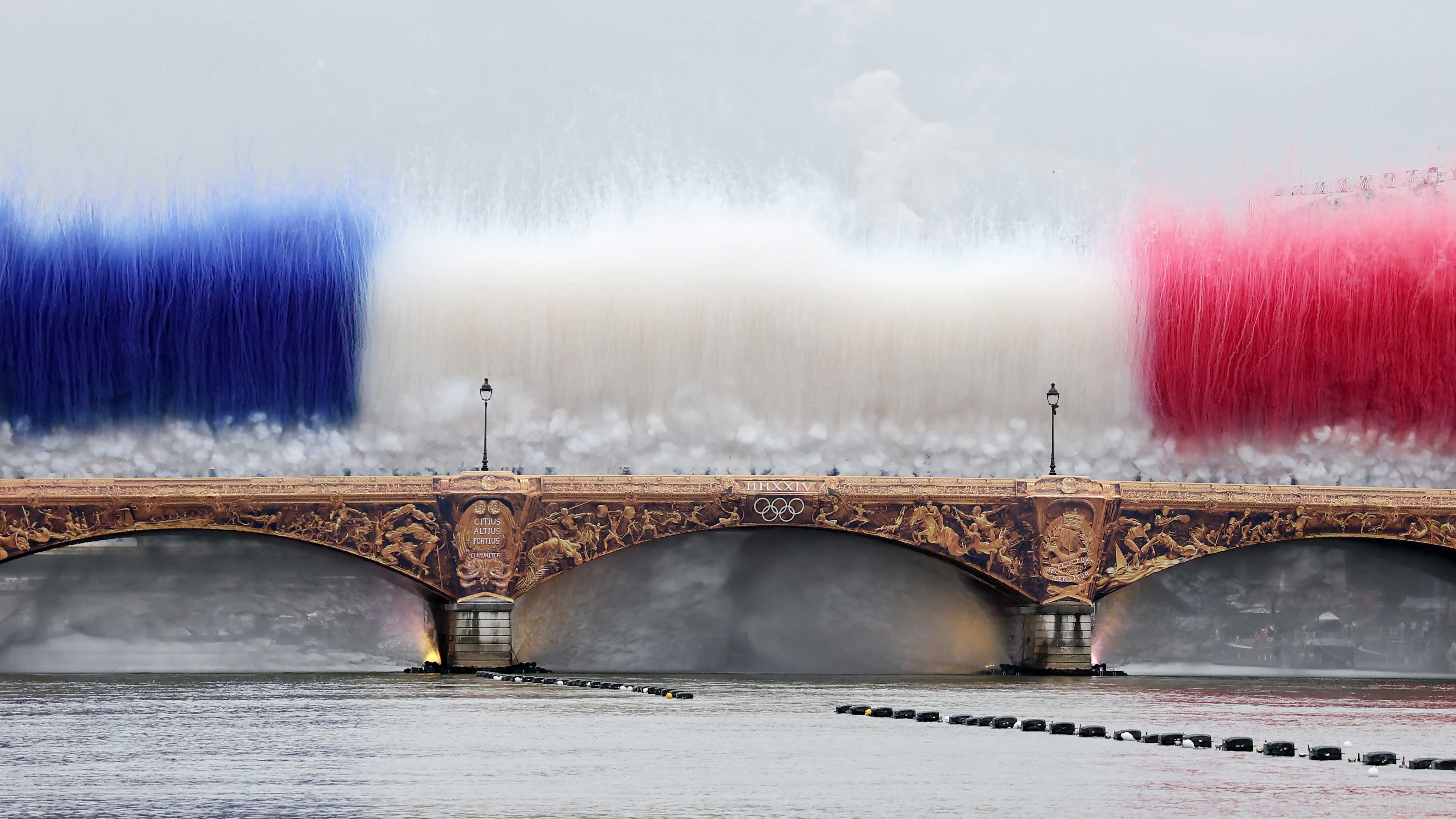 Olympics opening ceremony: a little Gaga, a lot of spectacle, and universal uplift
Olympics opening ceremony: a little Gaga, a lot of spectacle, and universal upliftHow Paris 2024’s Olympics opening ceremony set spirits – and much else – soaring, embracing the Seine, the streets and the skies. Craig McLean reports
By Craig McLean
-
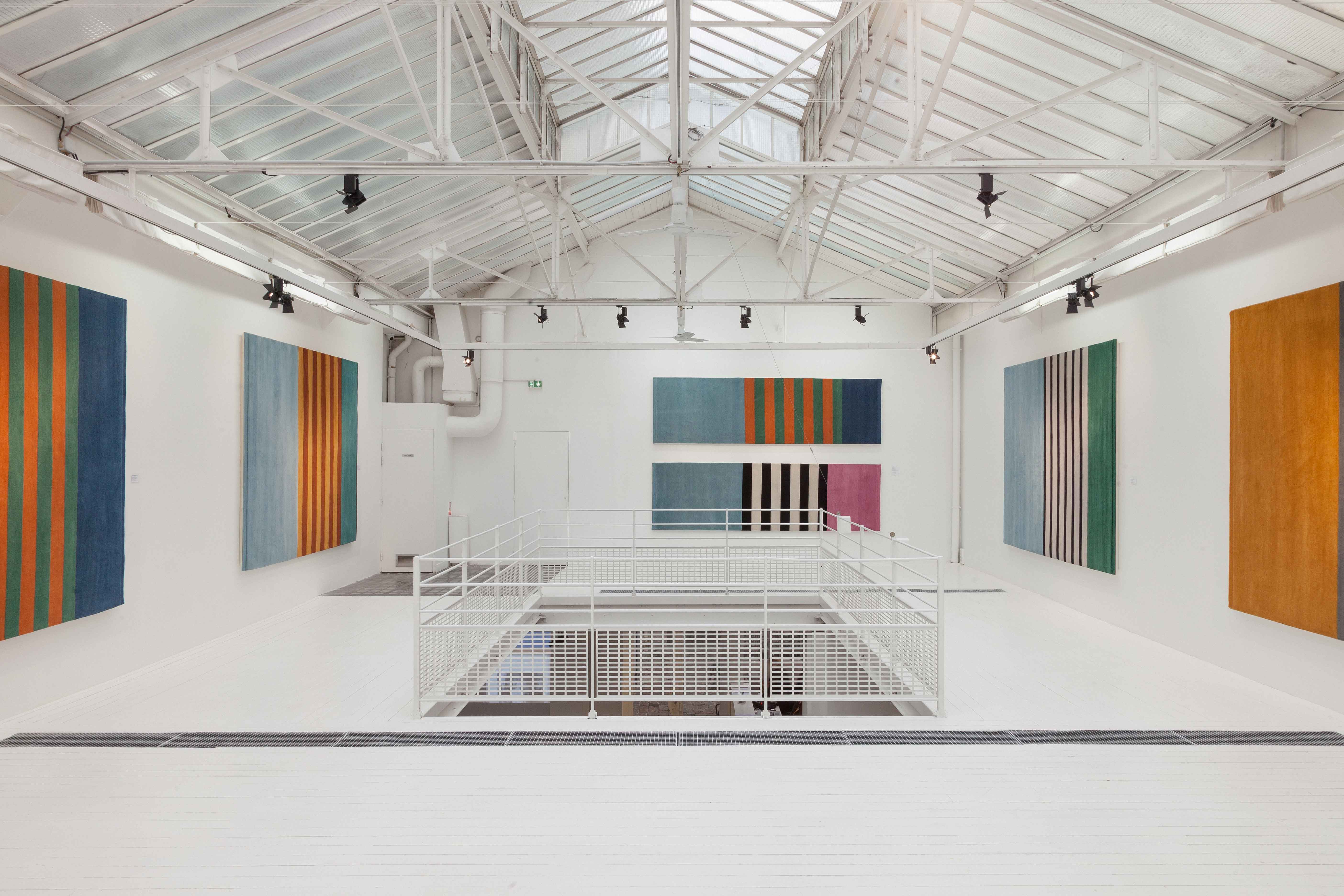 Paris Design Week 2023: the highlights
Paris Design Week 2023: the highlightsYour essential guide to Paris Design Week 2023, from Maison & Objet to Paris Déco Off, and the best things to see in town as part of Maison & Objet City
By Rosa Bertoli
-
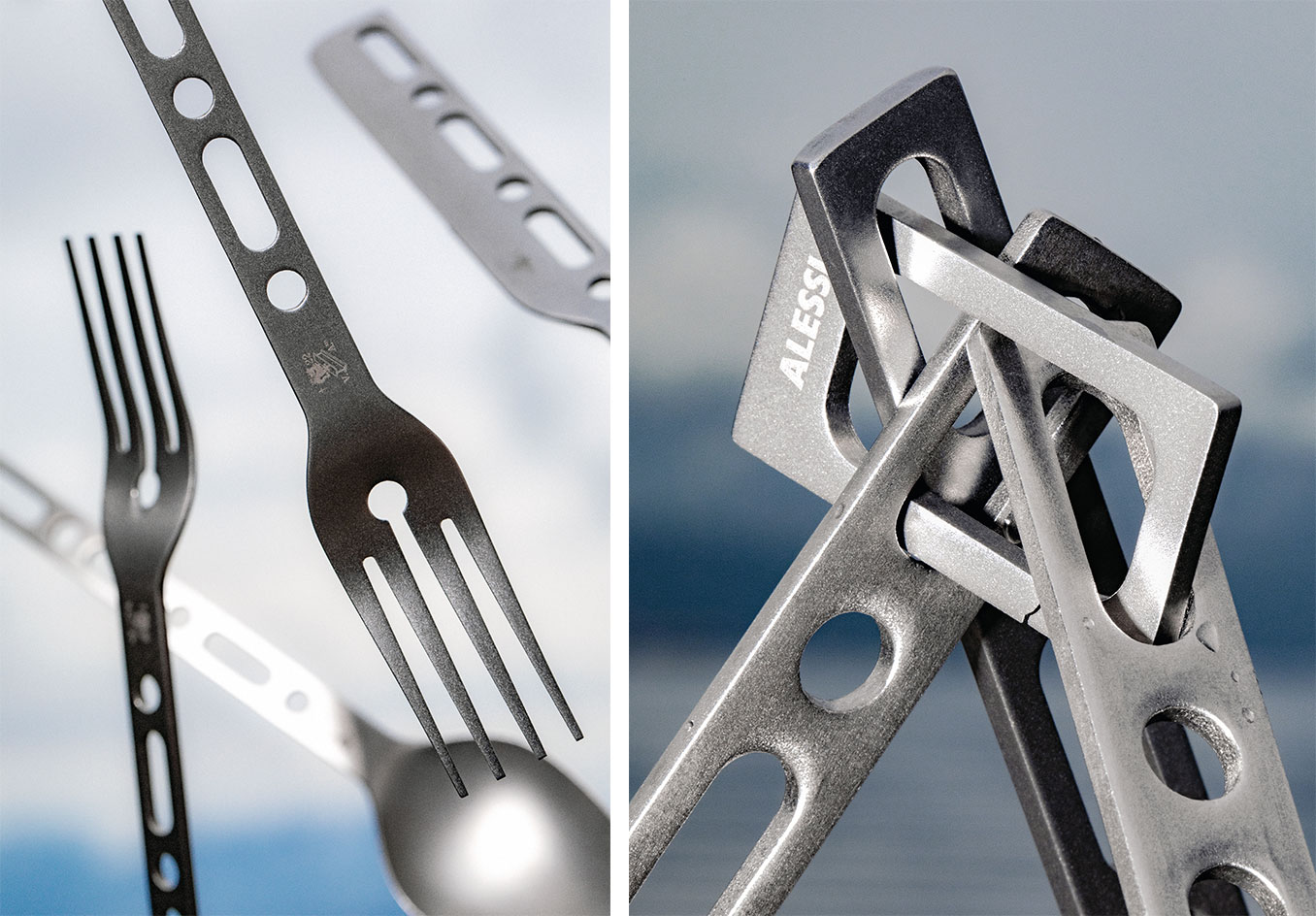 Alessi Occasional Objects: Virgil Abloh’s take on cutlery
Alessi Occasional Objects: Virgil Abloh’s take on cutleryBest Cross Pollination: Alessi's cutlery by the late designer Virgil Abloh, in collaboration with his London studio Alaska Alaska, is awarded at the Wallpaper* Design Awards 2023
By Rosa Bertoli
-
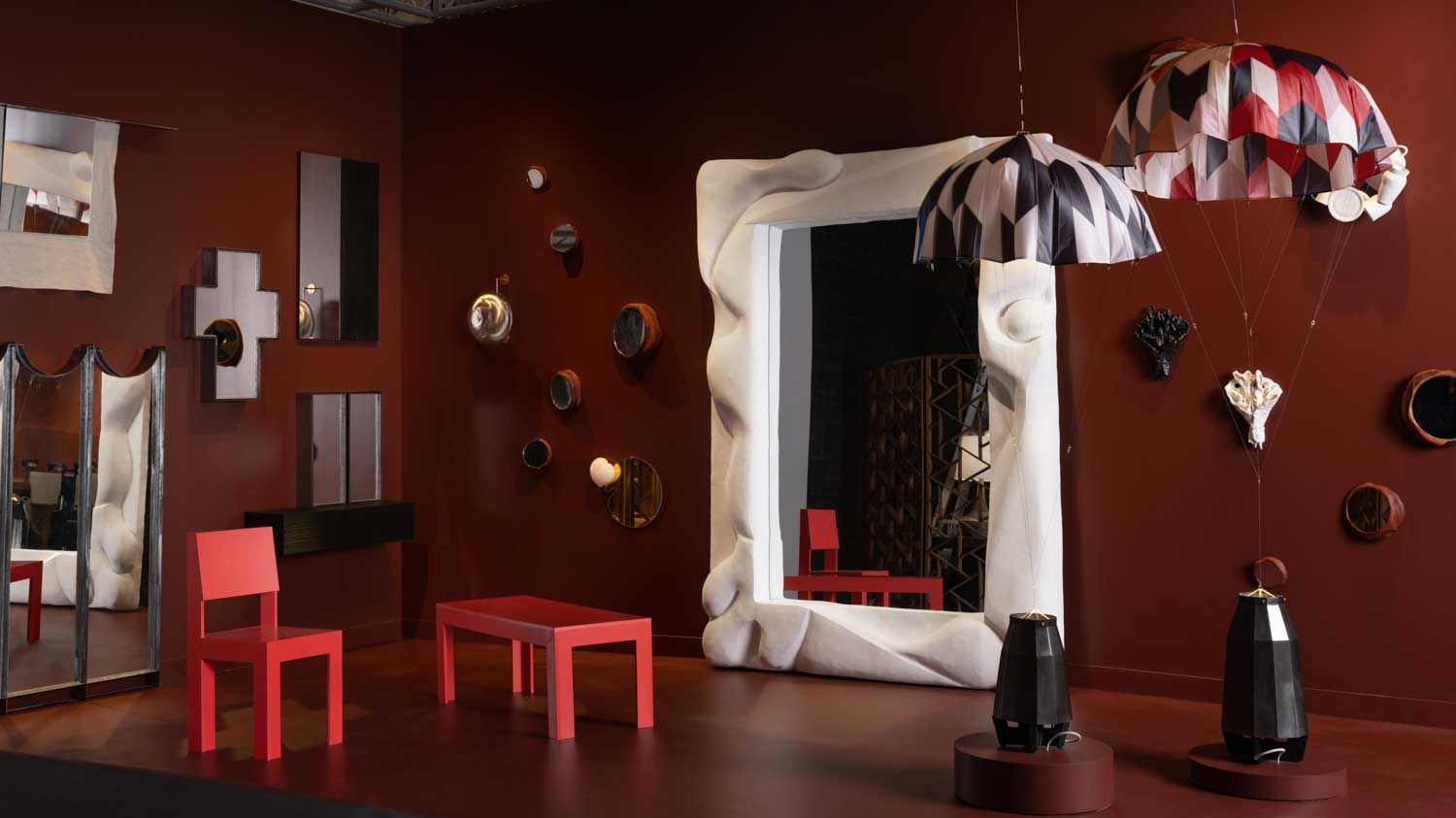 Design Miami 2022: highlights from the fair and around town
Design Miami 2022: highlights from the fair and around townDesign Miami 2022 (30 November – 4 December) aims at ‘rebooting the roots of our relationship with nature and collective structures, ecospheres, and urban contexts’
By Sujata Burman
-
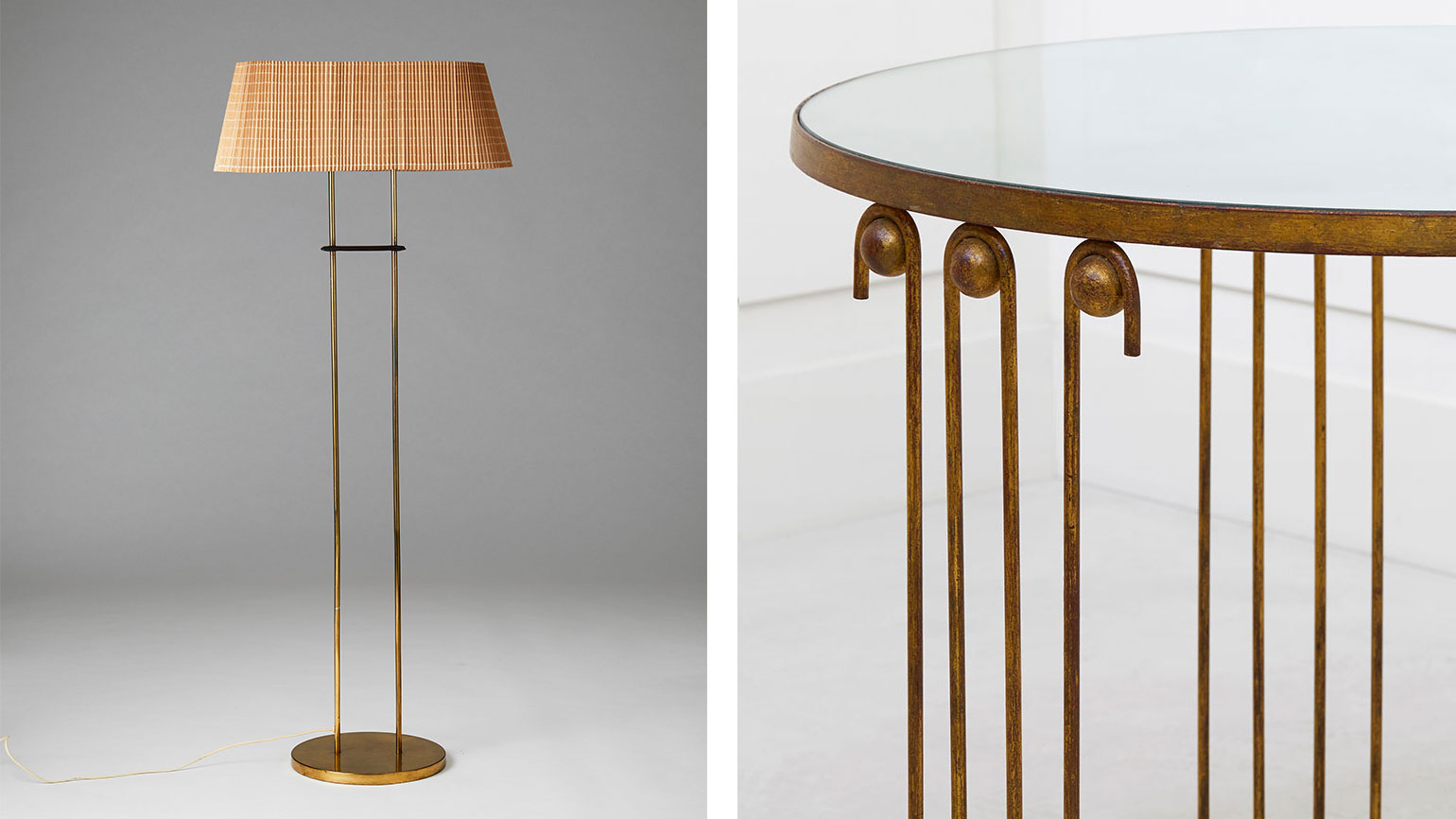 Salon Art + Design 2022: design highlights not to miss
Salon Art + Design 2022: design highlights not to missWallpaper* highlights from Salon Art + Design 2022, New York
By Tilly Macalister-Smith
-
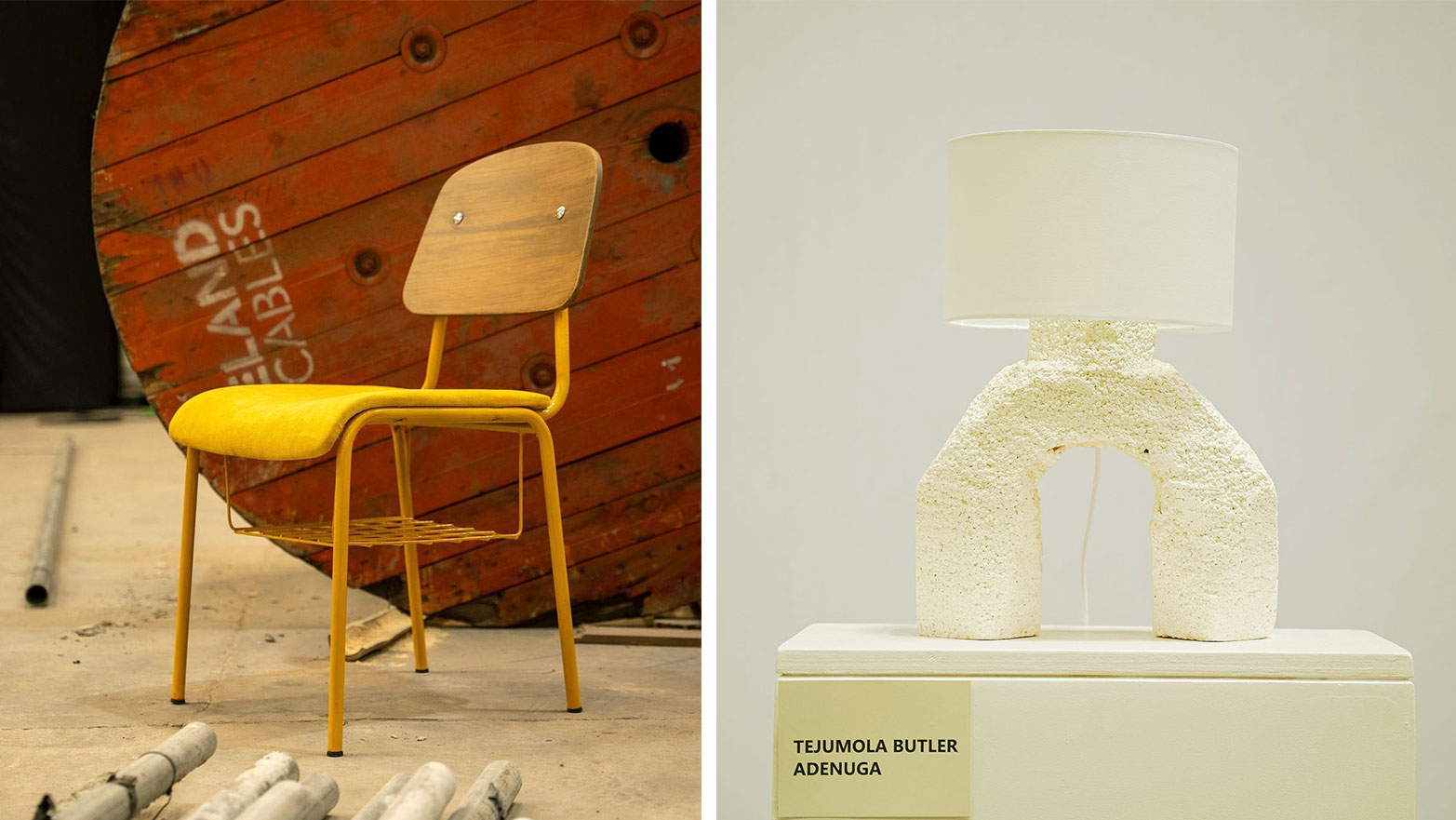 Design Week Lagos 2022 celebrates creativity and innovation in West Africa and beyond
Design Week Lagos 2022 celebrates creativity and innovation in West Africa and beyondCurated by founder Titi Ogufere, Design Week Lagos 2022 is based on a theme of ‘Beyond The Box’
By Ugonna-Ora Owoh
-
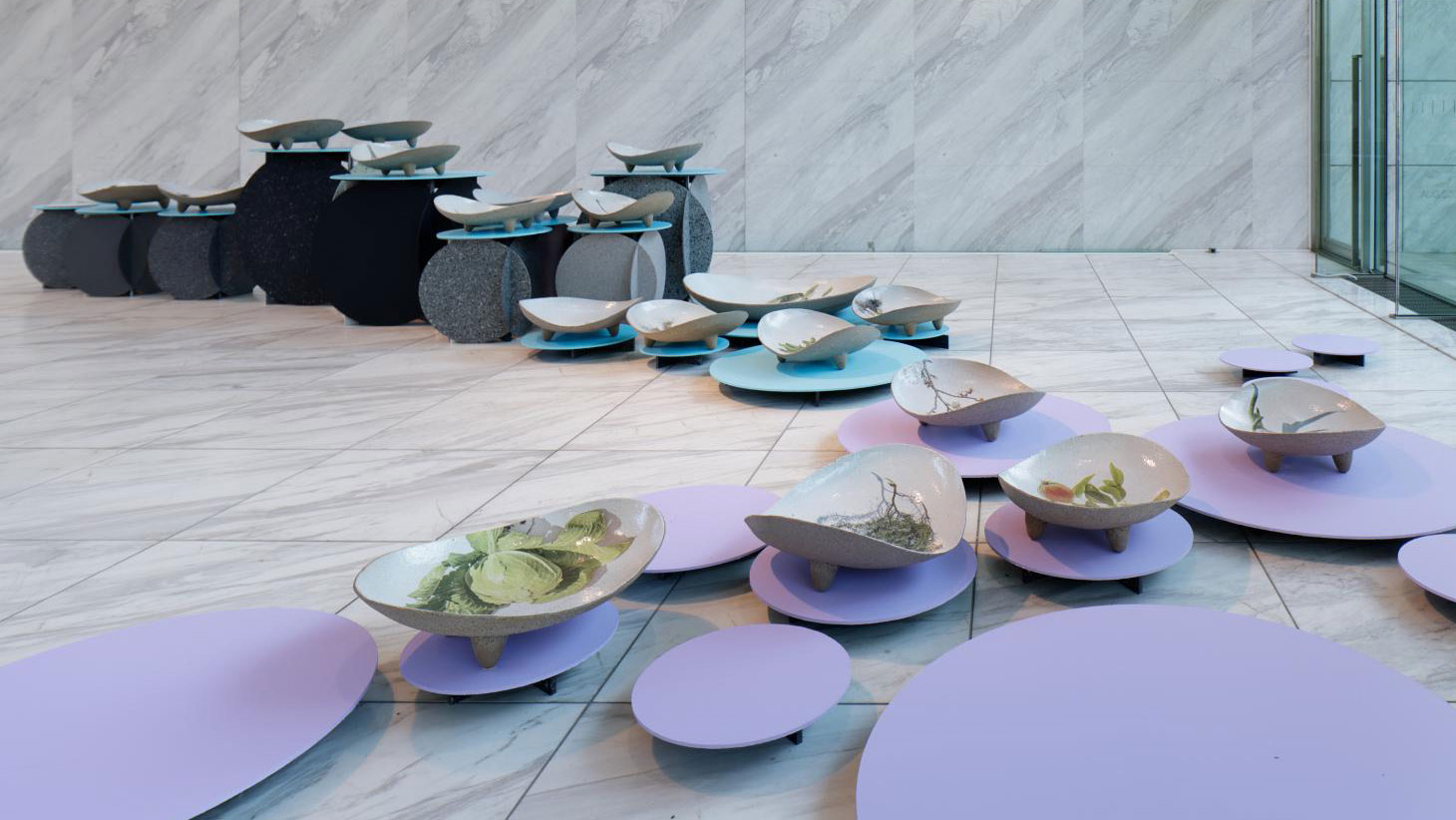 Designart Tokyo transforms the city into a museum of creativity
Designart Tokyo transforms the city into a museum of creativityDesignart Tokyo presents global design highlights through a series of exhibitions involving global creative talent and traditional Japanese craft
By Danielle Demetriou
-
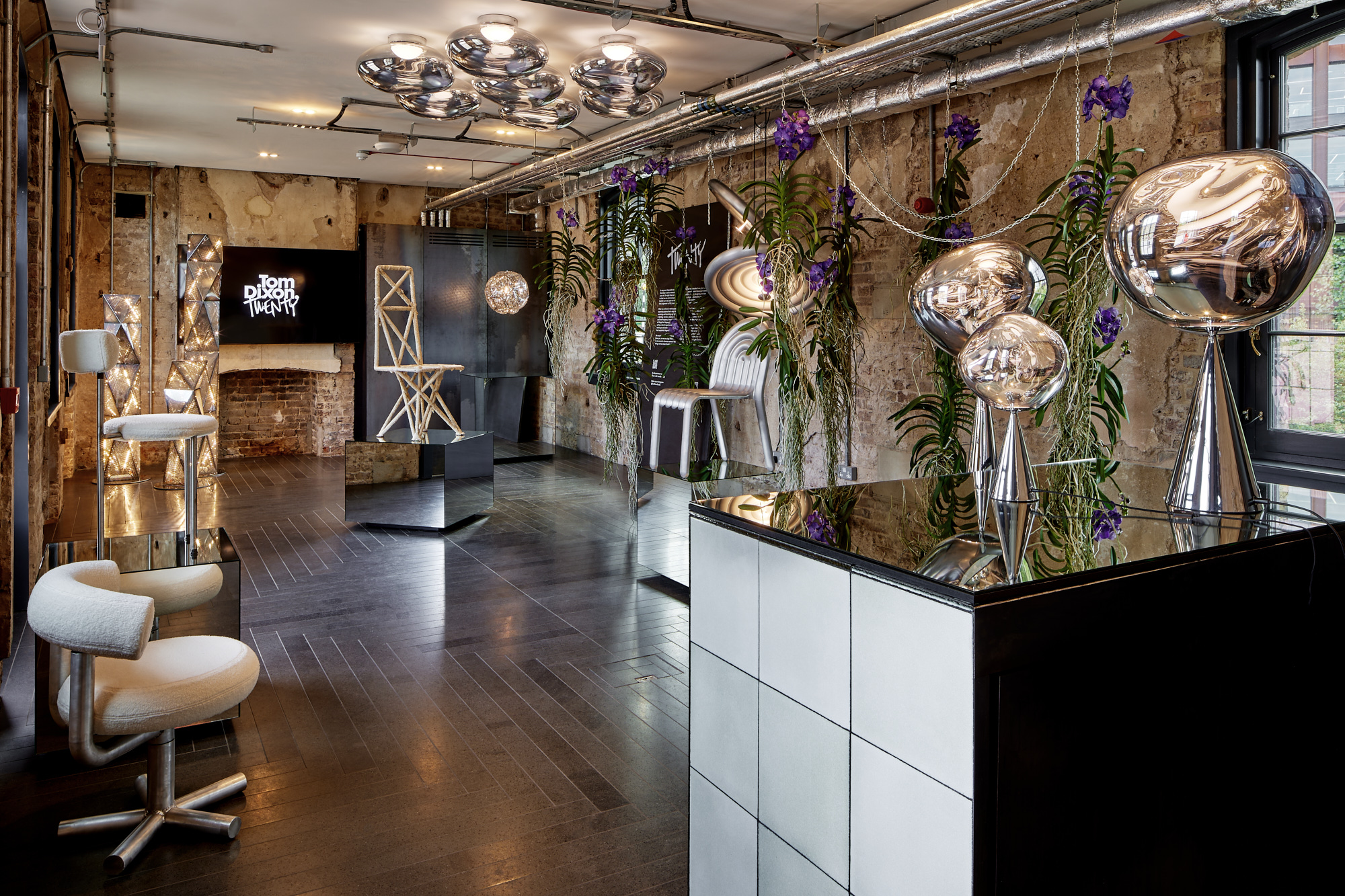 Tom Dixon marks his studio's 20 years with a show of design experiments
Tom Dixon marks his studio's 20 years with a show of design experimentsMushroom, cork, steel coral and more: Tom Dixon showcases an overview of his design experiments as he celebrates his practice's 20 years
By Rosa Bertoli